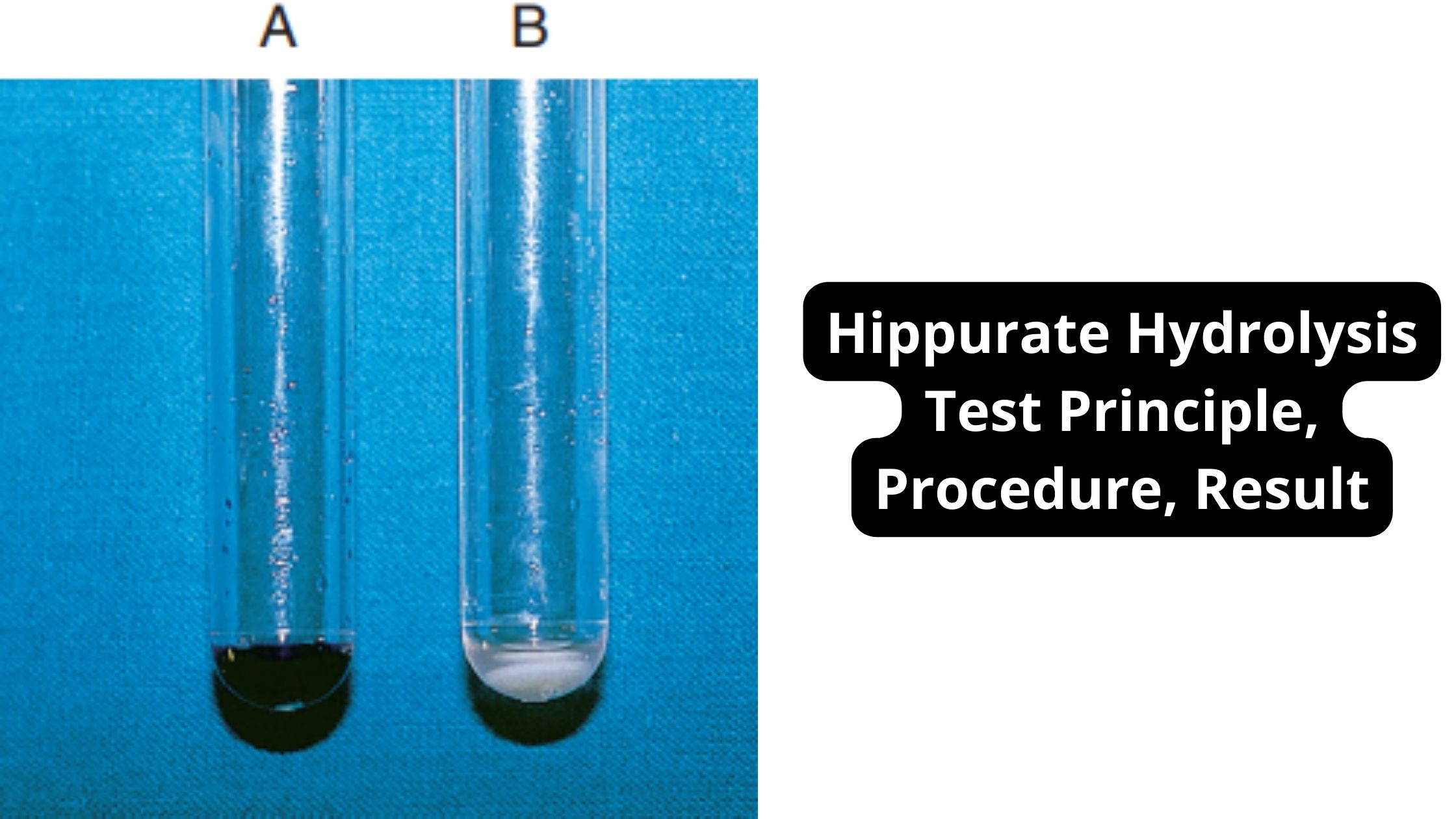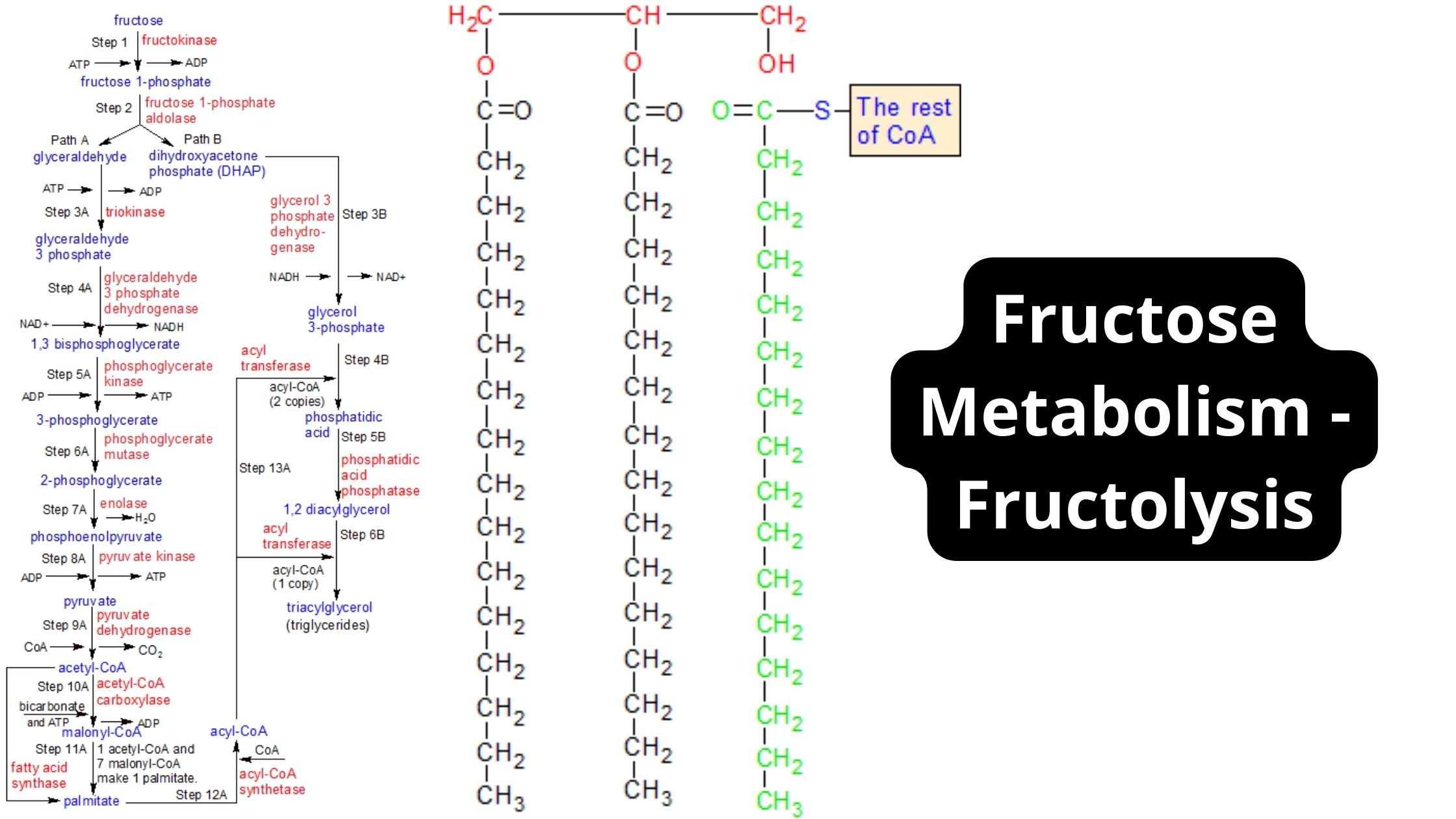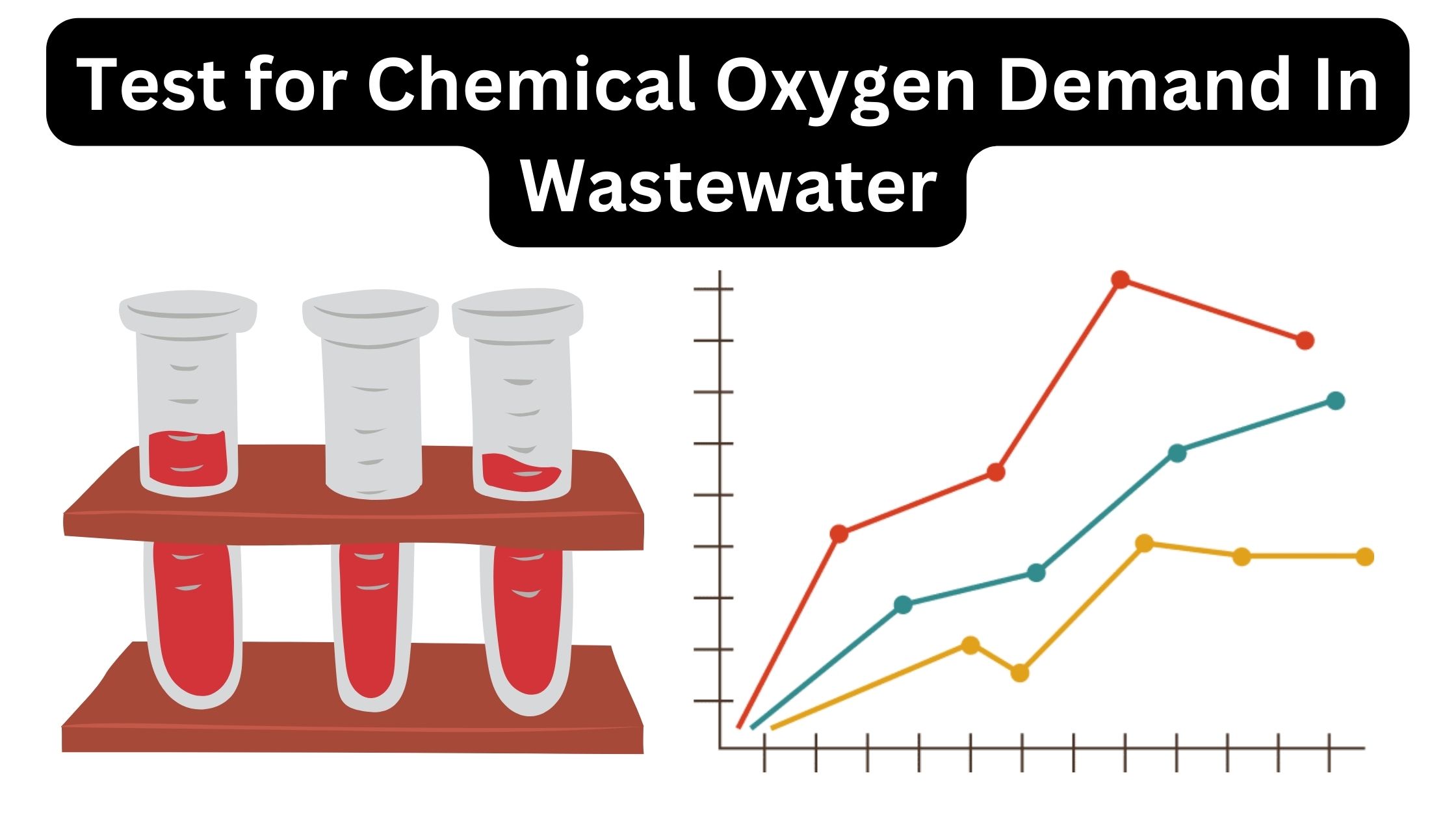Spot Indole Test – Principle, Procedure, Result, Uses
What is Spot Indole Test? Definition of Spot Indole Test The Spot Indole Test is a rapid biochemical method used to detect the production of indole by bacteria, indicating their ability to metabolize the amino acid tryptophan. This test aids in differentiating specific bacterial species based on their tryptophan degradation capabilities. Objectives of Spot Indole Test … Read more









